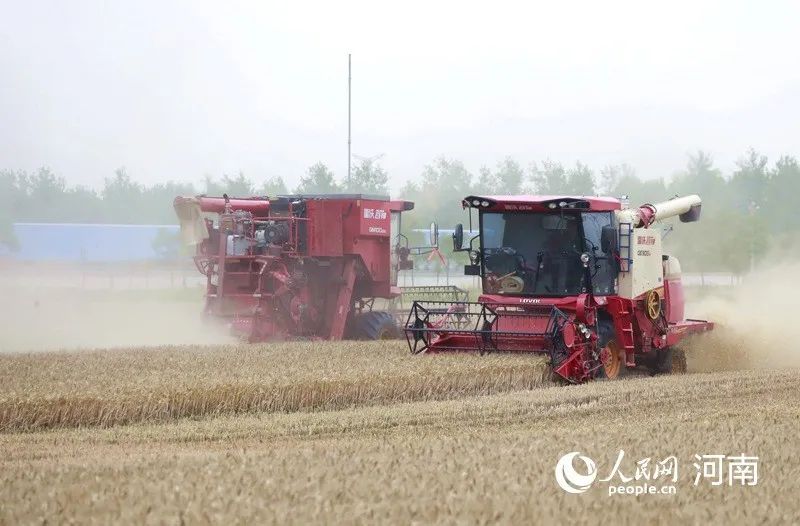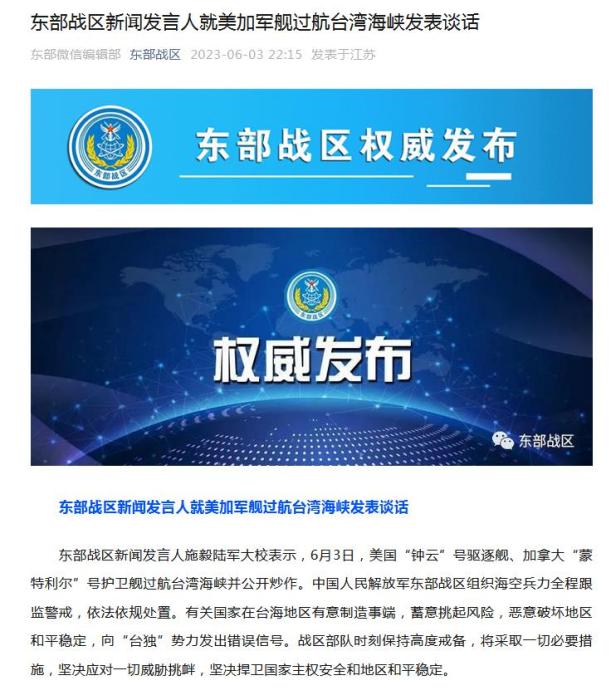Chang'e-5 lunar soil sample research results published more than 70 items - 85.48 grams of lunar soil revealed so many mysteries
Researchers from the Chinese Academy of Sciences are conducting experiments using lunar soil samples. Photo by reporter Jin Liwang
Researchers from the Chinese Academy of Sciences are conducting experiments using lunar soil samples. Photo by reporter Jin Liwang
Ideal crystal diagram of "Chang'e Stone". Image provided by China National Nuclear Corporation Nuclear and Geophysical Research Institute
Chang'e 6 is about to return to Earth, and everyone is looking forward to the lunar soil samples it will collect. And how has the research on the lunar soil samples brought back by Chang'e 5 been going over the past three years?
So far, the National Space Administration has distributed 7 batches of 85.48 grams of scientific research samples to 131 research teams in China, and more than 70 research results in various fields have been published in important academic journals at home and abroad. Through the study of lunar soil, many mysteries of the moon are being revealed.
On June 25, Chang'e-6, which had completed sampling on the far side of the moon, will return home with its "moon package" and arrive on Earth. The first return trip to collect samples from the far side of the moon is about to end.
On December 17, 2020, Chang'e-5 brought back 1,731 grams of lunar soil samples from the moon. This was the first time that humans obtained samples from young volcanic rock areas on the lunar surface, and it was also the first time that Chinese scientists had their own samples returned from extraterrestrial bodies.

Over the past three years, the National Space Administration has issued 7 batches of 85.48 grams of scientific research samples to 131 domestic research teams, and the first batch of international applications has completed expert review. At present, a total of 105 scientific papers have been produced, especially the discovery of the sixth new mineral "Chang'e Stone" on the moon, the geological dating of the samples postponed the end of the lunar volcanic activity by about 800 million years, and innovative scientific achievements such as the discovery of the mechanism of solar wind formation; during the meeting with the heads of state, 1.5 grams of scientific research samples were presented to Russia and France respectively; they were exhibited for a long time in venues such as the National Museum and the Party History Exhibition Hall, and were publicly toured in Hong Kong and Macao, giving full play to the popular science value of the public welfare samples of the moon.
Experts said that although the released lunar soil samples only accounted for about 5% of the collected samples, the scientific research achievements covered many fields such as lunar formation, evolution, space weathering effects and mechanisms, and resource utilization, which promoted the development of planetary science in my country, cultivated a talent team for planetary science research, and initially formed an innovative development integrating science, technology, and engineering.
Determining the formation year of lunar soil samples, pushing back the end of lunar volcanic activity by about 800 million years
According to experts, the lunar soil samples of Chang'e-5 were collected from the basalt units of the moon. These basalts are rocks formed by magma formed in the lunar mantle overflowing onto the lunar surface and solidifying. They record the code of the evolution of the moon.
"The Chang'e-5 landing area is one of the youngest basalt units on the moon. Previous studies have speculated that the age of this area is 1 billion to 3 billion years, but this speculation method has great uncertainty." He Huaiyu, a researcher at the Institute of Geology and Geophysics, Chinese Academy of Sciences, introduced that using the ultra-high resolution dating technology independently developed, my country's research team determined that the basalt of the Chang'e-5 lunar soil sample was formed 2 billion years ago, postponing the end of the lunar volcanic activity by about 800 million years, and providing a key anchor point for the impact crater dating curve, greatly improving the accuracy of dating of impact craters on the surfaces of planets in the inner solar system.
In addition to the exact time when the lunar magma activity stopped, the cause of the lunar magma activity in the latest period has always been an unsolved mystery. In the past, there were two possible explanations in the scientific community: the magma was rich in radioactive elements to provide a heat source, or rich in water to lower the melting point.
However, my country's latest research on lunar soil has ruled out these two mainstream views.
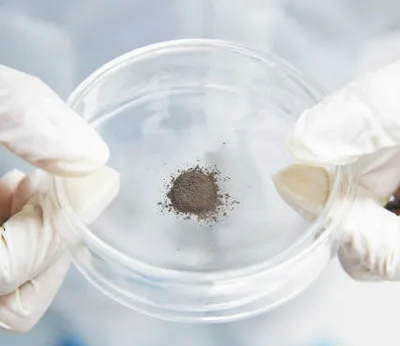
The researchers found that the basalt in the Chang'e-5 lunar soil sample did not contain "CREE material" enriched with potassium, rare earth elements, and phosphorus when it was initially melted. This result negates the hypothesis that the heat source of the initial magma melting came from radioactive heat-generating elements.
Regarding whether the magma is rich in water, research has found that the water content of the lunar mantle is only 1-5 micrograms/gram, which means that the lunar mantle is very "dry".
Based on the above research, Chinese scientists proposed a new mechanism for the formation of young volcanoes and a lunar thermal evolution model, and put forward new directions and inspirations for future lunar exploration and research. The international academic journal Nature published a review article stating that "the Chang'e-5 mission brought back the youngest volcanic rock samples collected so far from the lunar surface that has never been visited before. The research results of these rocks show that it is very necessary to revise the existing lunar thermal evolution model."
Study on the origin of lunar surface water: Solar wind brings usable water to the moon
In the past 10 years, many detectors and observation results have shown that water is widely present on the lunar surface, with high content at the poles and low content at the equator. There is even water ice in the polar regions, and it changes dynamically with the duration of sunshine. Scientists believe that solar wind, volcanic eruptions, asteroids and comets may all be important sources of water on the lunar surface. However, due to the lack of direct sample analysis evidence, the origin and distribution of water on the lunar surface have been controversial.
The latest research by Chinese scientists on the lunar soil samples from Chang'e-5 shows that the solar wind in the mid-latitude regions of the lunar surface has injected more water into the surface of lunar soil particles than previously thought, and the high-latitude regions of the moon may contain a large amount of water resources that are valuable for utilization.
The researchers analyzed the ratio of hydrogen to deuterium and proved that the water on the surface of the lunar soil particles of Chang'e 5 was injected into the lunar surface at high speed by the solar wind. The researchers found that the average speed of hydrogen ions emitted from the sun reached 450 kilometers per second, and they penetrated the surface of the lunar soil particles like bullets.
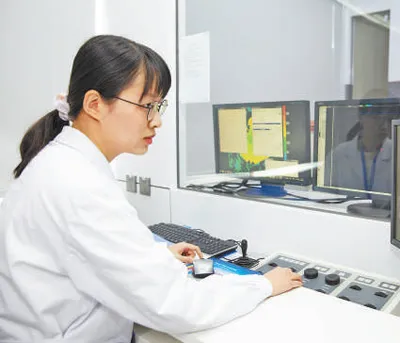
Through infrared spectroscopy and nano-ion probe analysis, a research team from the Institute of Geochemistry, Chinese Academy of Sciences, discovered that there is a large amount of solar wind-derived water in the surface layer of Chang'e-5's minerals. According to estimates, the water content contributed by solar wind proton injection to the Chang'e-5 lunar soil is at least 179 ppm, equivalent to at least 170 grams of water per ton of lunar soil.
Based on the results of the reheating experiment, the research team conducted numerical simulations on the preservation of hydrogen in lunar soil particles at different temperatures. The results showed that solar wind-derived water can be well preserved in the mid- and high-latitude regions of the lunar surface. This study confirms that lunar surface minerals are an important reservoir of water and provides an important reference for the distribution of water in the mid- and high-latitude regions of the lunar surface.
Experts said that this discovery is of great significance for the future use of lunar water resources. China plans to build a scientific research station at the lunar south pole. Studies have shown that the water content in the lunar south pole may be more than people previously thought, and the water in the lunar soil can be easily mined and utilized through particle size sorting and heating.
Studying the extraction of helium-3 from lunar soil to provide basic scientific data for the development of lunar energy
As a potential nuclear fusion fuel, helium-3 is considered a future energy source. Some scientists estimate that if there are 1 million tons of helium-3, it can provide clean energy support for the earth for 10,000 years.
Li Junjie, senior engineer of the Beijing Institute of Geology of the Nuclear Industry of CNNC, said that the reserves of helium-3 on Earth are extremely low, but the reserves on the moon are extremely abundant. By extracting helium-3 from the lunar soil samples of Chang'e-5 by heating them in stages, researchers have established the optimal extraction temperature parameters for helium-3 from lunar soil. These key scientific data provide basic support for the estimation of the total amount of lunar helium-3 resources in my country in the future, as well as the exploration and development of helium-3 resources.
In the study of lunar helium-3 resource mining methods, a joint team from the Ningbo Institute of Materials Science and Engineering of the Chinese Academy of Sciences and the Qian Xuesen Space Technology Laboratory found that there is a layer of amorphous glass on the surface of ilmenite particles in the lunar soil. Given the high solubility of helium in ilmenite, researchers believe that helium atoms are first injected into the ilmenite lattice by the solar wind, and then gradually released under the channel diffusion effect of the lattice. The surface glass has a disordered atomic stacking structure, which limits the release of helium atoms, and the helium atoms are captured and gradually stored to form bubbles.
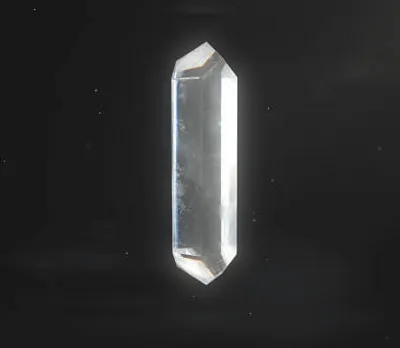
Based on this discovery, researchers used mechanical crushing methods to extract helium-3 stored in the form of bubbles at room temperature. This method does not require heating to high temperatures, providing new possibilities for in-situ mining of helium-3 resources on the moon in the future.
The discovery of "Chang'e Stone" is the sixth new mineral discovered by humans on the moon
From the lunar soil of Chang'e-5, researchers from the Beijing Institute of Geology of the Nuclear Industry of CNNC also "dug" out "Chang'e Stone", a phosphate mineral with columnar crystals that exists in lunar basalt particles.
According to reports, the lunar sample research team of the Beijing Institute of Geology of the China National Nuclear Corporation used a series of technical means such as X-ray diffraction to separate a single crystal particle with a diameter of about 10 microns from 140,000 lunar sample particles, and successfully interpreted its crystal structure. The International Mineralogical Association's New Mineral Nomenclature and Classification Committee voted to confirm it as a new mineral and named it "Chang'e Stone".
"Chang'e Stone" is the sixth new mineral discovered by humans on the moon, and my country has become the third country in the world to discover a new mineral on the moon.
Experts said that before the Chang'e-6 mission, humans had sampled the moon 10 times, all on the front side of the moon. The Chang'e-6 probe landed in the South Pole-Aitken Basin on the back side of the moon, which is the oldest and largest meteorite impact crater on the moon. Collecting samples here and conducting analysis and research will fill the gap in humans' acquisition of samples on the back side of the moon and deepen their understanding of the origin of the moon and the evolution of the solar system.
The researchers interviewed said that with the accumulation of Chang'e-5 lunar soil research, they are full of expectations and confidence in the Chang'e-6 sample research.




